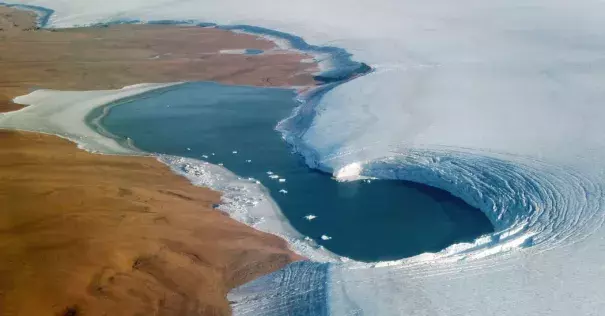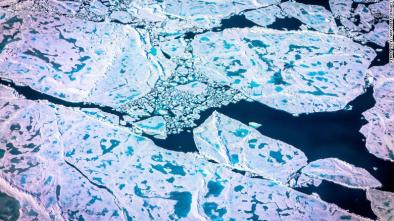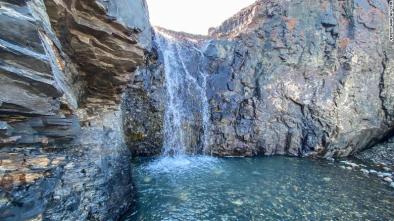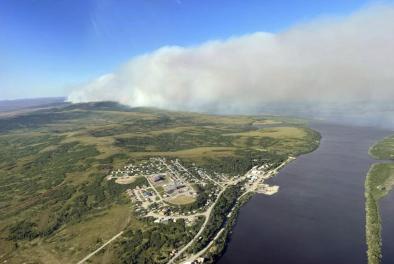Climate Change Is Ravaging the Arctic, Report Finds

Signals Summary: Climate change is warming the Arctic two to three times faster than the global average, which is increasing sea ice decline, permafrost melt, and sea level rise.
Article Excerpt: Temperatures in the Arctic region remained near record highs this year, according to a report issued on Tuesday, leading to low summer sea ice, cascading impacts on the regional food web and growing concerns over sea level rise.
...
The Arctic is of interest to researchers because it is warming twice as fast as the rest of the planet, causing changes both in the ocean and on land.
...
Warming temperatures were just one of the concerning changes documented in the report. Ninety-five percent of the Greenland ice sheet thawed this reporting year, buoyed in part by the onset of an earlier-than-usual melt, prompting growing concerns over sea level rise.
...
The loss of sea ice changes how much heat is in the ocean, which in turn affects fisheries and ecosystems, creating cascading effects within this interconnected system. Among those affected are the more than 70 Indigenous communities in Alaska including the Inupiat, Central Yupik, Cupik, St. Lawrence Island Yupik and Unangan peoples.
...
Permafrost sequesters twice as much heat-trapping carbon dioxide as is currently in the atmosphere. As that ground thaws it releases that carbon into the atmosphere, exacerbating climate change. Researchers say that if too much permafrost thaws it will create a self-reinforcing cycle wherein thawing permafrost will lead to still more thawing permafrost, which in turn will make climate change worse. Recent observations of carbon flows in Alaskan permafrost have found that more carbon is being released than stored.
Related Content





